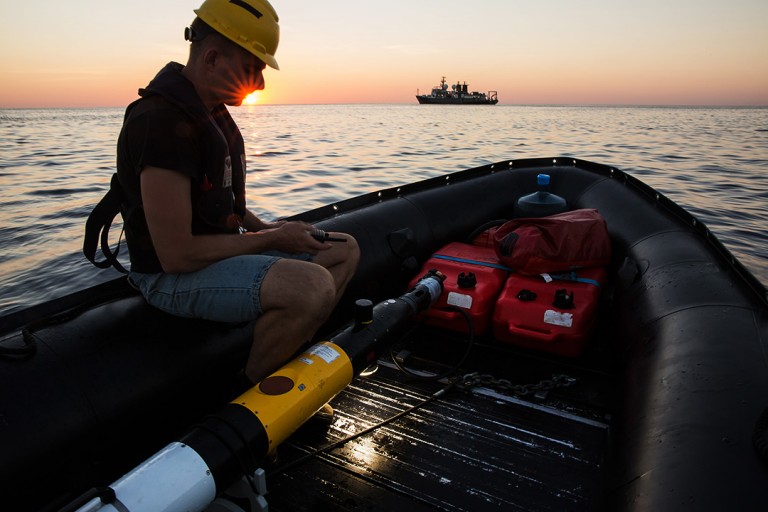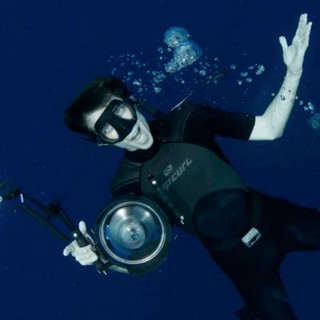For Autonomous Underwater Vehicles (AUV), issues of navigation and communications are often the most difficult problems to address as there are few options for transmitting messages underwater. This is because underwater communication uses acoustic waves instead of electromagnetic waves, which are less efficient. Above ground, high frequency radio waves transmit data at near-light speeds, but in the ocean, signals must pass through water and issues pile up quickly.
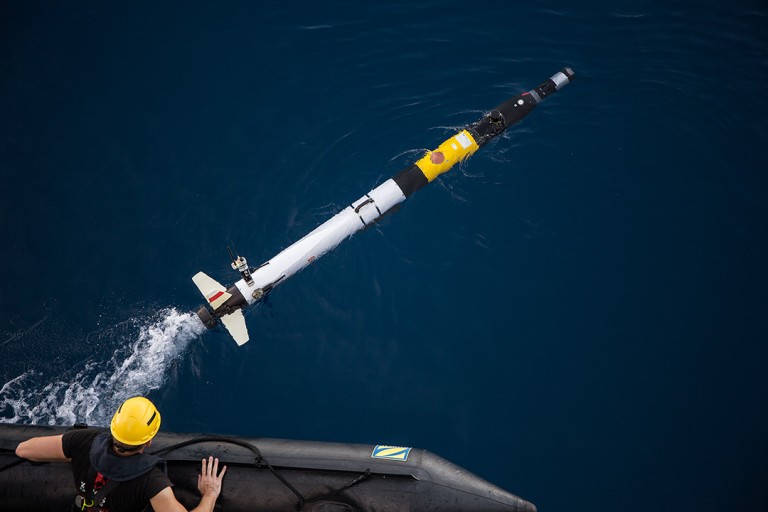
Propagation and attenuation
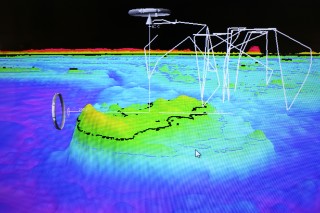
Networks designed for quick ratification and communication do not work underwater and will “time out” waiting for responses. This is because acoustic signals move more slowly than radio waves, taking two seconds to travel back and forth across a 1.5 kilometers distance. Additionally, signal propagation is affected by refraction, absorption, and scattering through the water. Attenuation is the gradual loss in intensity as a signal moves through a medium, which is greater in liquid compared to air. With acoustics, there is a very high reflection of signals underwater. There are many ways to get reflections – the signal can bounce off the seafloor and other underwater geographic structures, including softer mediums such as the ocean’s surface and layers of water seperated by differences in temperature or density. The Coordinated Robotics cruise is actually in one of the most difficult areas to handle communications – shallow water and reef structures.
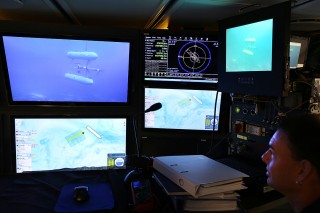
Oleksiy Kebkal works for Evologics and is onboard to advise on using underwater acoustic modems. “Working in these conditions, isn’t always easy and understanding the most effective way to implement messages is tough”. Kebkal is working to make improvements for specific scenarios. His task as an advisor is to supply and provide infrastructure for developers and scientists, implementing their plans and needs to the modem’s capability.
Modems and Biommetics
A strategy Kebkal strongly endorses is emulation of software with modems and tools. This can thwart potential issues before the at-sea mission begins saving an exponential amount of time and money during the expedition. Because of the physical limitations, including propagation delay and attenuation, the communications are done at a low bit-rate – kilobits and bytes, not megs and gigs – similar to a telephone modem in the 1980’s. This underwater communication is done using chirps, or a frequency modulated signal. This idea comes from biomimetics, a term that means “learning from nature.” These signals are similiar to the signal structure used by dolphin when they call or sing in a modulating frequency. The dolphins’ approach gave engineers the idea to use frequency modulations to carry data coalescing location and communication. Similiar to dolphin’s techniques, engineers combined aspects of communication and localization using a device called the USBL (ultra-short baseline).
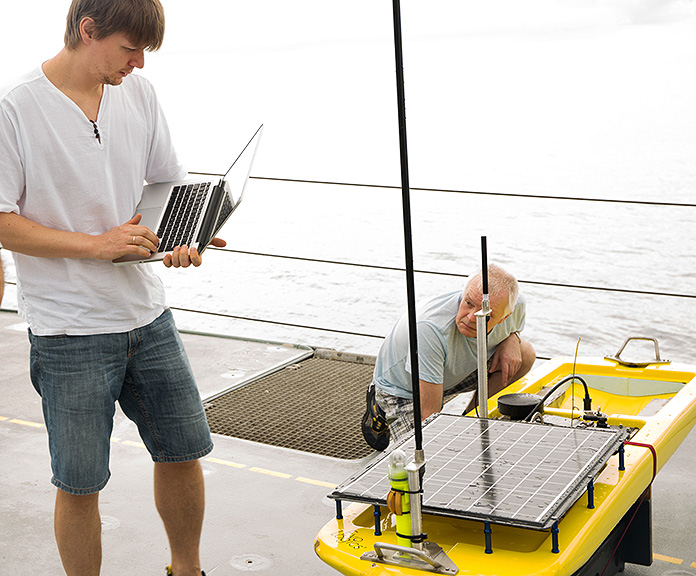
USBL
The USBL system is a type of acoustic reading that acquires positioning; acting as an extension to a computer modem. It contains a transceiver, which is usually mounted on a pole under a ship. Sound is transmitted from the ship, and picked up by the AUV, which replies with its own acoustic pulse. This return signal is read by a computer on the ship, and the USBL measures this “back-and-forth” communication and converts it into an approximate distance. While this sounds similar to sonar, the USBL reads not only distance but also angle, making location tracking much more precise. Additionally, the USBL’s acoustic pulses are not just noise, but carry information for the modem and computers to read like text messages.
Kebkal’s mission is to provide simultaneous communication solutions with multiple vehicles making shorter delivery time delays and larger windows of opportunity. “The network itself will develop as more vehicles are added, and different types of robots become used underwater”, says Kebakal. This is why projects such as the Coordinated Robotics fieldwork are so important. These experiments create lessons for future underwater communication.
